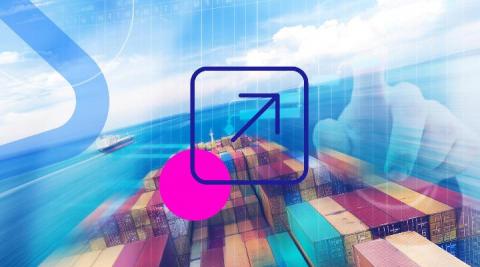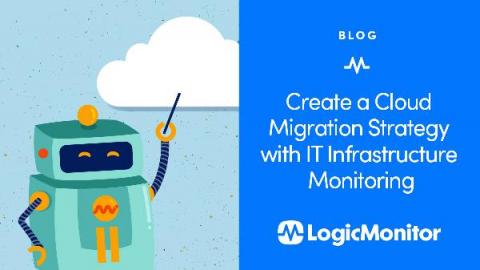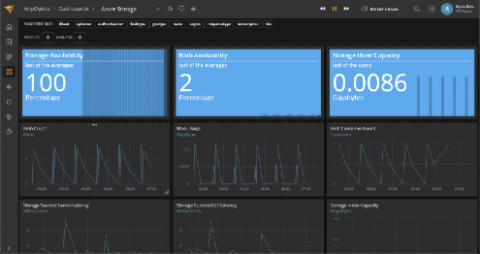Complete Guide to Lambda Triggers and Design Patterns (Part 2)
This is part of a series of articles discussing strategies to implement serverless architectural design patterns. We continue to follow this literature review. Although we use AWS serverless services to illustrate concepts, they can be applied in different cloud providers. In the previous article (Part 1) we covered the Aggregator and Data Lake patterns. In today’s article, we’ll continue in the Orchestration & Aggregation category covering the Fan-in/Fan-out and Queue-based load leveling.










